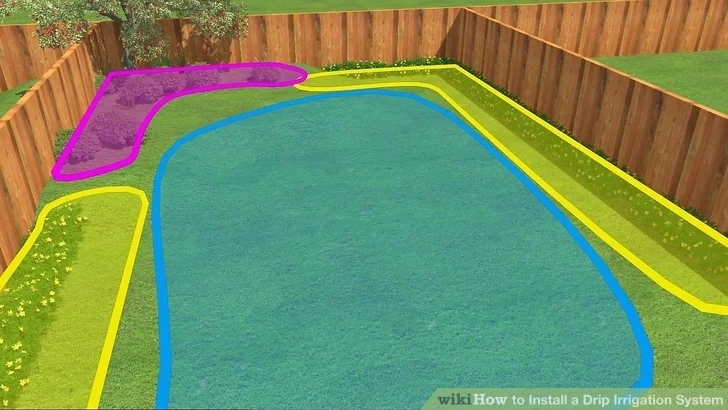Drip irrigation system is an efficient, convenient way to water your garden. It supplies the water directly to the roots of your plants, reducing evaporation and water loss through wind flow. Connect it to a timer, and your garden will water itself automatically, with minimal upkeep.
1.Check legal requirements. Before you begin, contact your water purveyor or municipal water department to ask about laws, codes, and permits related to drip irrigation systems. Each area and water purveyor may have its own requirements, and some require a licensed irrigator and/or backflow tester to be present during the installation. These precautions ensure a safe installation that will prevent contamination from your drip irrigation system into drinking water.

On August 16th, 2017, Simon Adwelllande, Ambassador of Benin, and Mr. Huang Zhaojin, President o...
With a strong summer atmosphere, the company organized all employees to play in Shandong Qingzhou...
The Qing Dynasty Royal Garden – Mulan Paddock is located in the northeast of Hebei Province...